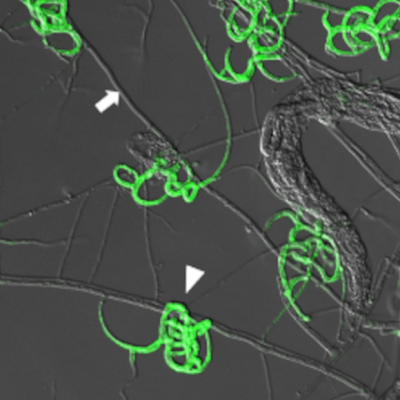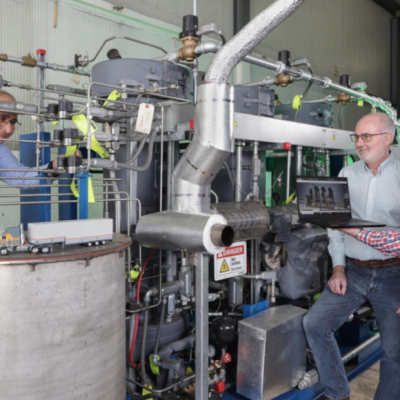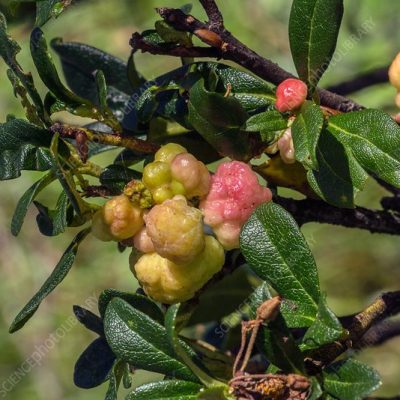In a remarkable discovery, Canadian scientists have found that a bacterium called Delftia acidovorans can transform harmful gold ions into tiny gold nuggets. The bacteria use a protein called Delftibactin A to help them in this process. Delftia acidovorans is known to live as a thin biofilm on the surface of gold nuggets, which is surprising because gold is usually deadly to microorganisms. The bacteria release Delftibactin A, which causes the tiny gold ions to clump together and form gold nanoparticles that are safe for the bacteria. Over time, these nanoparticles clump together to form small gold nuggets.
Other bacteria, such as Cupriavidus metallidurans, have also learned to survive in extremely gold-rich environments by making gold ions harmless in a biological way. These bacteria take up dissolved gold and release it as tiny gold nuggets after a few days. The Australian scientist Joël Brugger from the University of Adelaide believes that these bacteria could be used for industrial purposes, such as clumping dissolved gold in rocky soils to make larger gold nuggets that can be more easily extracted by machines.
This discovery has significant implications for the mining industry, as it could potentially provide a more environmentally friendly way of extracting gold. It also highlights the incredible adaptability of microorganisms to extreme environments and their ability to develop unique survival strategies. The study, published in the journal Nature Chemical Biology, provides a fascinating insight into the world of microorganisms and their potential applications in various industries.










